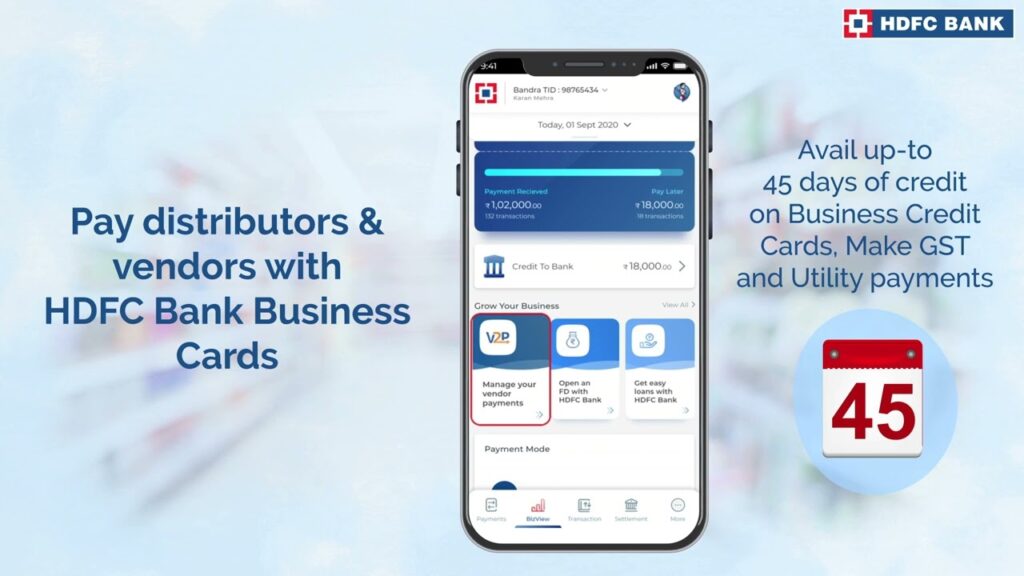Managing risk is foremost in the world of trading, and protecting your capital is a byproduct of it. Today, we will discuss how investors and traders can manage risk effectively when using an online trading app and safeguarding their capital.

Diversification
Diversifying your portfolio is one of the foremost used practices of risk management. By spreading your capital over a diverse trading platform, industry, or geographical area, the effect of market conditions won’t alter your portfolio.
Setting Stop- Loss Orders
Stop-loss orders are a tool used for limiting implicit losses in a stock trading app. These orders allow you to preset a price at which your position will automatically be vented, helping to help further losses if the market moves against you. By setting stop-loss orders strategically grounded on your risk tolerance and trading strategy, you can protect your capital and minimize emotional decision-making during unpredictable market conditions.
Risk-Reward ratio
Before entering any trade on a trading app, it’s essential to assess the implicit risk-reward ratio. This involves determining the quantum you stand to lose compared to the implicit profit of the trade. Immaculately, it would help if you aimed for a favourable risk-reward ratio of at least 12 or advanced, meaning that the implicit price is at least twice the size of the implicit risk.
Position Sizing
Proper position sizing is pivotal for managing risk and conserving capital in online trading. This involves determining the size of each position based on your risk tolerance and other information. One common rule of thumb is to limit each trade to a small chance of your total trading capital, generally ranging from 1 to 5 on an intraday trading app. By controlling the size of your positions relative to your account size, you can avoid overexposure to any single trade and protect yourself from substantial losses.
Risk Management Tools
Numerous online trading platforms offer a variety of risk management tools to help traders. These may include advanced order types, similar to running stop-loss orders and guaranteed stop-loss orders, as well as risk analytics and portfolio shadowing features. Exercising these tools can give precious perceptivity to your trading performance and help you make further informed opinions to alleviate risk effectively.
Nonstop monitoring and Adjustment
Risk management isn’t a one-and-done step but a constant effort that requires monitoring and adaptation. Markets are constantly evolving, and factors impacting asset prices can change fleetly. It’s essential to regularly review your trades, reassess your risk exposure, and consequently acclimate your risk management strategies. By staying watchful and adaptable, you can respond effectively to changing market conditions and protect your capital over the long term.
Conclusion
Managing risk is critical for a successful online trading experience. By enforcing diversification strategies, setting stop-loss orders, assessing threat-price rates, controlling position sizes, exercising risk management tools, and continuously protecting and conforming your approach, you can protect your capital and lessen your chances of achieving harmonious gains in the dynamic world of online trading. Remember that no strategy can exclude risk entirely, but by following these ways, you can minimize implicit losses and maximize your long-term investment returns.








